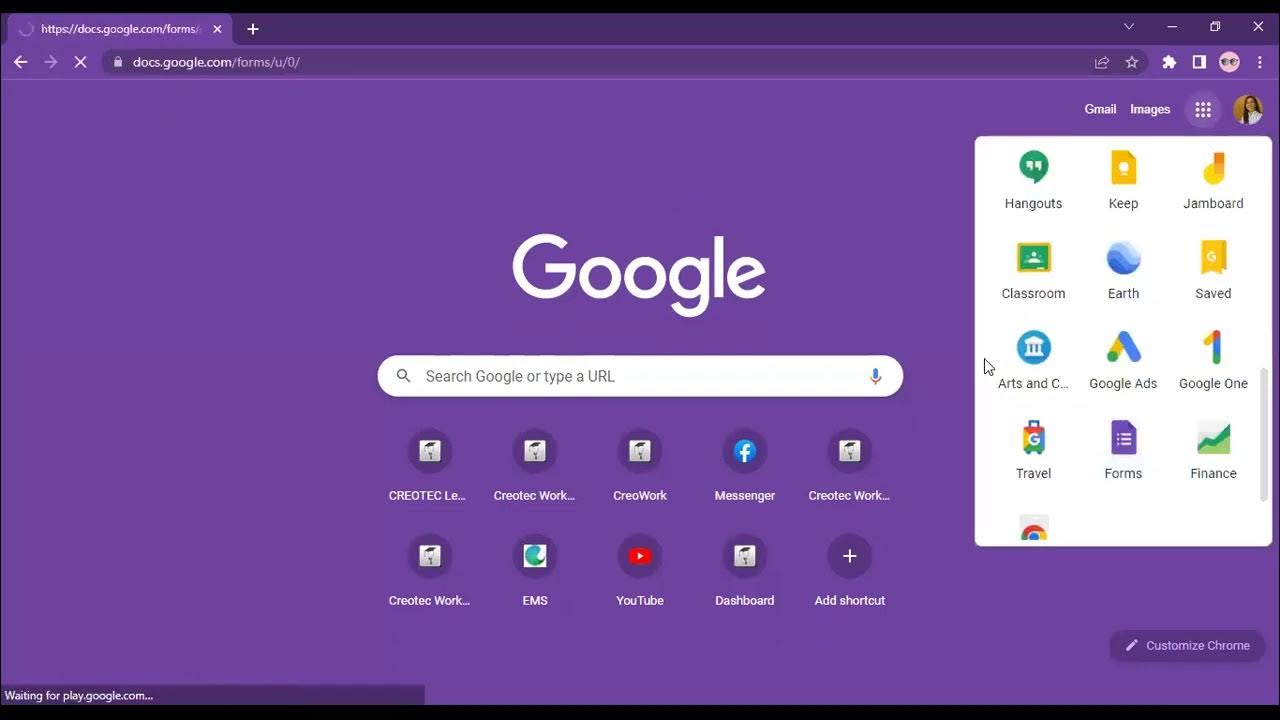video2182520917
Summary
TLDRThis interview discusses the current use of Google Forms for faculty surveys, highlighting issues like low student participation and challenges in data management. It explores suggestions for a new system that mandates survey completion before accessing essential services like exam results, similar to EDOM forms. Key features for the new system include real-time data tracking, integration with university applications, and improved user experience. The goal is to streamline the process, enhance student engagement, and ensure accurate data collection, all aimed at improving faculty services and ensuring transparency.
Takeaways
- 😀 The current system for collecting feedback via Google Forms is not fully effective, as many students are not completing the surveys.
- 😀 The process of filling out the surveys involves the sharing of Google Forms by program coordinators, academic advisors, and faculty members, but student participation remains low.
- 😀 There is a need for an improved system that can increase student engagement with surveys and make them feel more accountable to fill them out.
- 😀 One suggestion is to make completing surveys a requirement for students to access their exam cards or participate in exams, similar to the Edom survey system.
- 😀 The survey data currently processed via Google Forms is automatically shown as graphs but still requires additional manual data handling and analysis.
- 😀 It is important that the new system improves data collection and storage, making it more efficient and easier to track responses.
- 😀 Challenges include low participation rates, especially from students, with less than a third of the student body responding to the surveys.
- 😀 Students often fail to recognize the importance of completing surveys, which could affect the quality of program evaluations and accreditation processes.
- 😀 There are difficulties in gathering feedback from alumni and external stakeholders because they are not compelled to participate in the surveys.
- 😀 Future development of a dedicated website or application for surveys should include features like ease of access, mandatory participation, and a single login for multiple surveys.
Q & A
What is the current system used for collecting survey responses at the faculty?
-The faculty currently uses Google Forms to collect responses for various surveys related to services such as faculty evaluations, final project services, and alumni satisfaction.
What are the main challenges with the current survey system?
-The primary challenges are a low response rate from students, with fewer than a third of them completing the surveys, and a lack of engagement, as many students do not see the importance of filling out the forms.
How is the data from the Google Forms surveys processed?
-The data from Google Forms is manually processed by the faculty, and although the responses are displayed in graphs, the raw data is stored in multiple places, creating confusion and inefficiency in reporting.
What suggestion is made to ensure better participation in the surveys?
-It is suggested that completing the survey should become a requirement for students to access key academic resources, such as the ability to print their exam registration card.
What is the proposed solution to improve data management for surveys?
-The proposed solution is to develop a dedicated platform or website where students can log in with a single account and complete multiple surveys. This system should also automate data processing and provide real-time analytics.
Why is it important for students to complete the surveys, according to the discussion?
-Completing the surveys is crucial for providing evidence of quality services and support for the faculty’s accreditation process. It is also important for improving the overall service offerings within the faculty.
How could the new system improve the survey process for faculty staff?
-The new system could streamline the process by automating data collection and reporting, making it easier for faculty staff to access real-time data and generate accurate reports for decision-making.
What are some key features the new system should have?
-The system should include features like single-login access, clear user instructions, automated survey reporting, integration with other faculty systems, and a user-friendly interface that encourages student participation.
What are the expected outcomes of implementing the new system?
-The expected outcomes include higher student engagement in surveys, improved data accuracy, faster data processing, and more efficient management of faculty services and feedback.
What role do faculty administrators play in the current system?
-Faculty administrators, along with academic advisors, are responsible for sharing the surveys with students and collecting data. They also help manage the process, but are currently burdened with manual data processing and reporting tasks.
Outlines

This section is available to paid users only. Please upgrade to access this part.
Upgrade NowMindmap

This section is available to paid users only. Please upgrade to access this part.
Upgrade NowKeywords

This section is available to paid users only. Please upgrade to access this part.
Upgrade NowHighlights

This section is available to paid users only. Please upgrade to access this part.
Upgrade NowTranscripts

This section is available to paid users only. Please upgrade to access this part.
Upgrade NowBrowse More Related Video
5.0 / 5 (0 votes)





